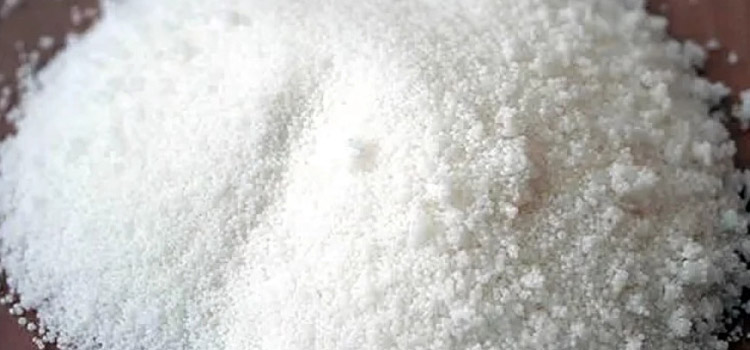Product Types
Lubricants
Lubricants in PVC formulations prevent the material from sticking to processing equipment and enhance flow properties during manufacturing. They can be internal (improving melt flow) or external (reducing friction on processing surfaces). Proper lubricant selection is critical to maintain production efficiency and achieve desired physical properties in the final PVC products.

Types of Lubricants
1. Stearic Acid: Used as an internal lubricant in PVC processing, stearic acid helps reduce friction between PVC molecules, aiding in easier processing and preventing sticking to metal surfaces. It improves flow characteristics and can enhance the dispersion of other additives in the PVC formulation.
2. EBS (Ethylene Bis Stearamide): EBS is a lubricant and processing aid used in PVC formulations. It improves the melt flow properties of PVC, reduces friction, and enhances dispersion of fillers and pigments. EBS also acts as a release agent, preventing PVC from adhering to processing equipment surfaces during manufacturing.
3. Paraffin Wax: Paraffin wax is a soft colorless solid derived from petroleum. It is solid at room temperature and begins to melt above approximately 99 °F. Common applications for paraffin wax include lubrication, electrical insulation, and candles.
4. Polyethylene Wax: Polyethylene wax can be used as a disperant, slip agent, resin additive, and mold release agent.
5. Oxidised Polyethylene Wax: OPE wax, a chemically modified form of polyethylene wax, presents distinct characteristics and benefits. It’s widely used in PVC compounding and extrusion processes as a lubricant and processing aid, enhancing surface qualities and thermal stability.
6. Speciality lubricants: We have many other lubricants for different industries and applications for your specially needs and requirements.
